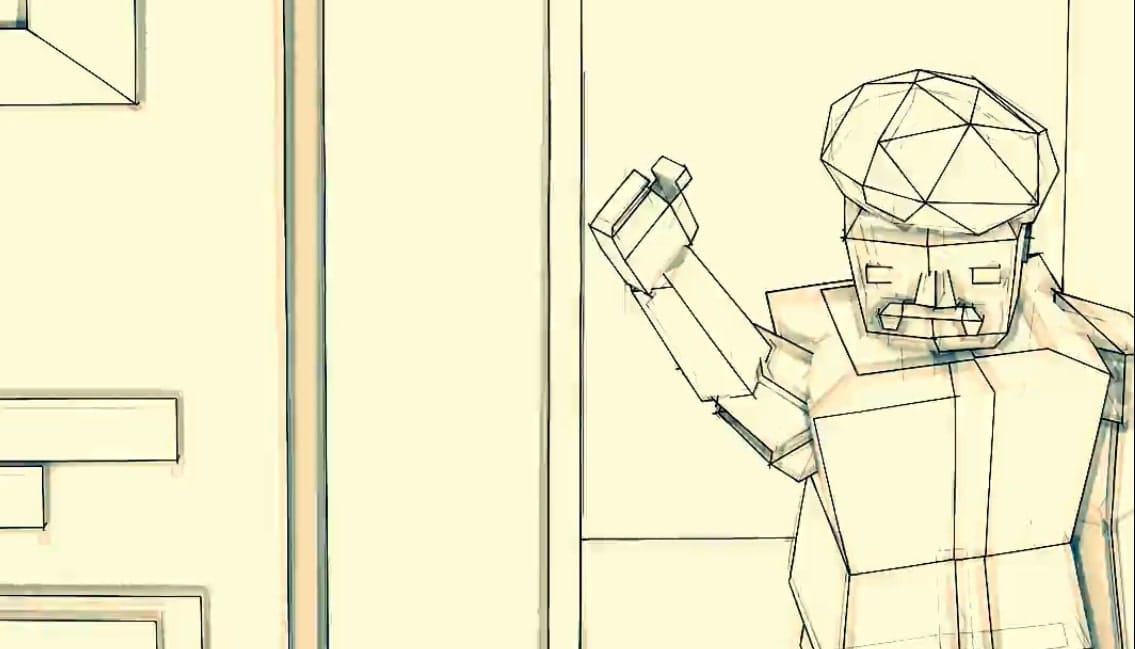Did you hear about the art piece that recently sold for $69 million? Perhaps you heard it had something to do with cryptocurrency and NFTs. Considering the hype in Bitcoin and what many in the mainstream still perceive as imaginary money, it's easy to think that the way this art was valued was equally imaginary.
To a large extent, that's probably true.
But writing this story off as just another example of "insane speculation" would be a missed opportunity. If one looks a little closer, they may be surprised to find a few useful lessons about building products and businesses. Well... at least... that's what happened to me.

Before diving in, I just want to concede upfront that some of the following points sound cliché - they are not original. Despite that, I still found it refreshing to observe these notions through the story of an artist and his art. If anything, I think the following works to affirm the truth in these clichés.
Actively build your audience.
On May 1st 2007 Mike Winkelmann, also known as Beeple, posted a new work of art online. The next day he created and posted another one. The day after that he did it again and again every day thereafter for the last 13 and a half years. The piece that sold at Christie's Auction House this past March wasn't one piece of art but the 5000 he's made since that summer day in 2007.
As it turns out, every single one of those illustrations are available for anyone to view on his website for free. Mike has also created and posted over 120 video loops like the one below that anyone can use for any reason (commercial or otherwise) without his permission. The craziest thing to me is he also gives away the actual 3D modelling source files used to create those videos.
I don't necessarily love that he gives away so much of his own work for free. Growing up with the examples of free to use Facebook and Google type products, I think it's easy for newer entrepreneurs to dream up freemium business models. And because of that, it's crucial to practice not underselling or shortchanging ourselves as we grow our businesses. But in Mike's case, his deliberate choice to constantly post much if not all of his material online for free had the very direct result of building a massive audience.
You can imagine how that audience of fellow VFX artists, musicians, animators and fans would go on to pull him into roles working with Imagine Dragons, Space X, Justin Beiber, Apple, Katy Perry, Nike, and many other familiar brands. In this story, it would appear as if the key to his success was giving away a bunch of free stuff but in truth this was a way to build his audience. Generally, giving away all your stuff for free isn't how a business becomes cash positive. Rather, building your audience and customer base is. So do that.
Deliver on a promised schedule
Mike hasn't skipped a single day of posting a new work of art in nearly 14 years. He didn't even skip on the day his child was born. Aside from the benefits that has on growing his audience, there's a deeper lesson here about just committing to getting something "done". Every time he sits down to create an "Everyday", as he calls them, that's an opportunity for him to learn something new. But this moment is also a great opportunity for him to continue tweaking and improving that day's work in a never ending cycle:
I'm not happy with a lot of everydays. Because it's like, ahhh I just want to work on it for 15 more minutes. And that's what it is with everything. You're going to experience that every single day, but you have to release work or nobody sees it.
So to help lock himself into the habit of creating every day, he has set up this ritual such that, if he were not to do it, then the Internet would hold him accountable because everyone would see that he didn't deliver.
On one hand, setting something up like this for our own product delivery cycles could evolve into an unhealthy amount of pressure to continually produce. On the other hand, having the right pressures in place is healthy to get us out of continual self improvement traps. Every delivery of a new iteration of our product, however incomplete we may feel it may be (within reason), is an opportunity to gather crucial decision making feedback. It's like that quote from Pixar's Chief Creative Officer, John Lasseter:
We don’t actually finish our films, we release them.
Ambition is not something you exercise in a single day but over time.
Mike, as it turns out, is friends with some creative VFX artists who have a hilarious YouTube channel I follow. They released a video a year ago where he competes against them to create and publish a new work of art in under 45 minutes. There's a moment in the challenge when someone comments about Mike's relaxed demeanor compared to everyone else's scrambling. Mike replies:
Yeah, that's the thing I think people's expectations are too high. It's like okay... I don't know what you expected in 45 minutes? Like you're gonna come up with this amazing thing? No... I think taking your expectations down to a realistic level for something that you're spending a small amount of time on each day is the only way that you'll keep up with it. I always had the mindset that each day is one piece. So this picture that I'm making is one four thousandth of the project. So that's in some ways how much I care about it because I look at the [real] project as being the "Everydays".
Regardless of your career path or craft, it's very easy to fall into the trap of trying to be overly ambitious with it. It's important to remember that the results of truly ambitious projects aren't measured in minutes or hours but in years and decades. No one talks about how many hours it took the US space program to get a man to the moon. Instead, we say that was 8 years of research and development coming to fruition. So if you're someone like me who has a tendency to try to do too much at once, let's remember to dial things back and not be too critical of shortcomings from ourselves and others in the short term. Rather, the objective is to make daily and continual progress (however incremental that may be) to our larger goals.
Focus on core deliverables first. You can always refine the MVP later.
Mike recently returned to that YouTube channel to do another "Render Challenge" This time they had two hours to create and publish a new work of art. At the end, the artists are reviewing each other's completed works when one comments about how Mike had just been messing around during most of the challenge. That's when Mike says:
20 minutes in I had at least something that could be done. I feel like that takes the pressure off if you have a minimum viable product earlier in the design process. Then it's really like well worst case it's this. And then you just kind of refine on that.
You can step back and look at it too. Literally getting up and stepping back, ask yourself how it looks because if you can get something that looks good as a thumbnail from further away it will almost definitely look good blown up. But if it doesn't look good as a thumb nail, then it almost definitely will not look good blown up
Eric Ries would easily recognize this as the embodiment of his Lean Startup principles:
- Build an adequate version of your product or idea.
- Measure it's ability to satisfy your customer.
- Learn how this version of the product or idea can be changed to directly improve it for your customer.
- Repeat this process while paying close attention to your overall product-market fit. If the fit isn't there then change (Pivot) your design.
Say no to almost everything
I'm just going to quote Mike on this one because he says it so well.
Say no to things. It can be hard, but every time you say no to something, you're saying yes to something else. I feel like people have a hard time saying no because they feel like they're rejecting that person, but every time you say yes to something, you're saying no to something else [like your actual priorities].
That quote is the G Rated version but I link to the directors cut right here for those who are interested. At any rate, once you've identified your priorities, saying no to other projects is a way to stick to those priorities.
Don't quit your day job (until the time is right).
The media steeps us with stories of hyper successful Bill Gates and Mark Zuckerberg types who drop out of college to build amazing businesses. I think this makes it easy for some to think that just up and quitting their job is the starting chapter of a successful entrepreneur's story. What I like about Mike's story his how much more representative of reality it is.
Up until last summer I had a full time job for the last 10 years. I worked in web design at a company in Wisconsin doing super boring corporate sites. These were the most boring just terrible sites. But it afforded me time to work on this other stuff and pay the bills.
Again, that's the G rated version... here is his original quote.


